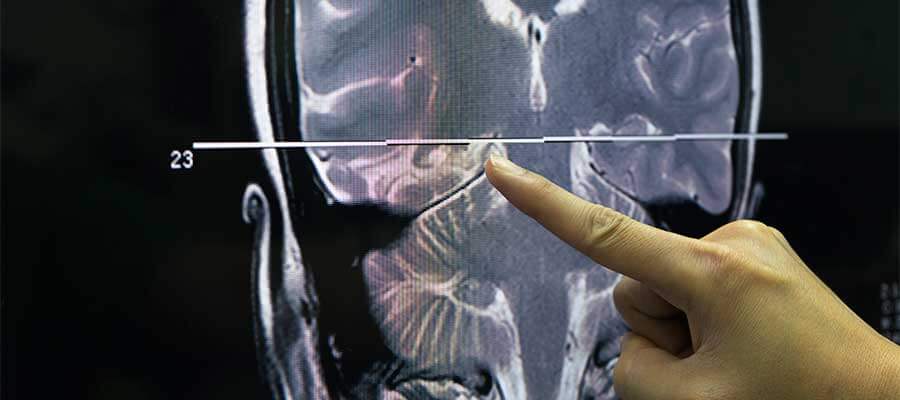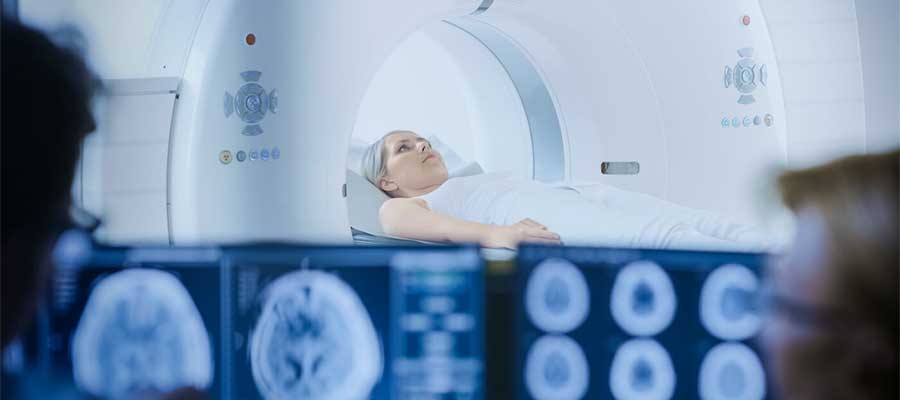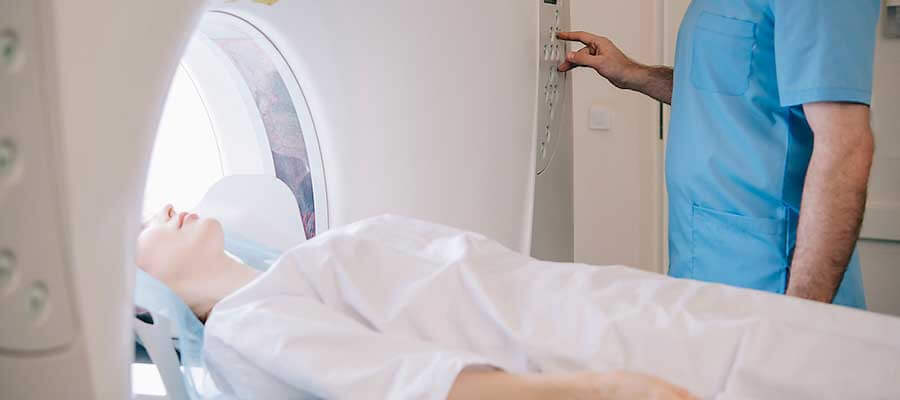An MRI technologist is a specialized healthcare professional trained to operate magnetic resonance imaging (MRI) scanners and prepare the scan results that physicians rely on for accurate diagnosis. Unlike many medical careers that require years of study and long, unpredictable schedules, MRI technology provides a unique balance of technical expertise, patient care, and work-life stability.
To step into this role, you’ll need to complete an accredited MRI program—typically through an associate’s degree or higher in radiologic technology or a related field. Accredited programs often include both coursework and clinical experience, ensuring students graduate with the knowledge and hands-on skills required to succeed. From capturing quality images to guiding patients through procedures, MRI technologists play an essential role in today’s healthcare system.
Responsibilities That Make a Difference
The primary duty of an MRI technologist is to ensure scans produce high-quality images that help doctors diagnose medical conditions. This isn’t as simple as pushing buttons on a machine. It requires a deep understanding of anatomy, imaging protocols, and patient care.
Some key responsibilities include:
-
Operating, adjusting, and maintaining the MRI scanner to ensure accurate and reliable images.
-
Screening patients by reviewing their medical history and checking for implants or devices that may pose risks during the scan.
-
Explaining the procedure clearly and addressing patient concerns to reduce anxiety.
-
Positioning patients properly so the scan captures the needed views without distortion.
-
Administering contrast dyes in certain cases to improve the clarity of the images.
-
Collaborating with physicians to review and evaluate images for diagnostic purposes.
-
Maintaining detailed records of scans and patient information.
Each scan contributes to critical decisions about diagnosis and treatment, which means the technologist’s accuracy and professionalism directly affect patient outcomes.
The Benefits of Becoming an MRI Technologist
Predictable Schedules
One of the biggest draws of this career is its structured schedule. Unlike emergency medicine or nursing, MRI technologists often work standard hours, particularly in outpatient clinics or imaging centers. Appointments are usually scheduled in advance, so you’ll know what your workday looks like ahead of time. This makes balancing personal and professional life much easier compared to other healthcare roles.
Shorter Education Pathway
Another advantage is the relatively quick pathway to entering the field. While doctors and nurses may spend many years completing degrees and clinical training, MRI technologists can often start working within one to four years, depending on their chosen program. Most begin with an associate’s degree, though bachelor’s and master’s options exist for those who want to advance further.
Certification is another step that sets candidates apart. The American Registry of Radiologic Technologists (ARRT) offers certification for MRI technologists, and while alternate pathways exist, ARRT remains the most recognized and respected credential. Employers look for this certification because it demonstrates both competency and commitment to the profession.
Engaging and Varied Work
Far from being repetitive, MRI technology offers a dynamic work environment. Each patient brings unique needs, conditions, and challenges. Some days you may be working with orthopedic cases, while others involve neurological scans or abdominal imaging. This variety keeps the work engaging and gives you the opportunity to develop a wide skill set.
Beyond operating scanners, technologists interact with patients daily, answer questions, and provide reassurance to those who may be nervous. This combination of technical and interpersonal tasks makes the job both meaningful and rewarding.
Why Education and Certification Matter
While the career offers great benefits, the path to becoming an MRI technologist requires effort and commitment. Accredited programs provide the training needed to balance patient care with technical expertise. Coursework typically includes anatomy, physiology, MRI physics, safety protocols, and patient communication. Clinical rotations then give students the chance to practice in real-world settings, working alongside licensed technologists.
Completing an accredited program not only builds confidence but also makes you eligible for certification exams. With ARRT certification in hand, you’ll be more competitive in the job market, better prepared for long-term success, and positioned for advancement opportunities.
Pulse Radiology Institute: Your Path to MRI Success
For aspiring technologists looking for flexibility without sacrificing quality, Pulse Radiology Institute offers accredited online MRI programs that include both coursework and clinical placements. Students study at their own pace, access resources online, and complete clinical rotations at partner sites across the country.
The program also includes weekly assessments, mentorship, and mock exams to ensure graduates are prepared for certification. With this support, students can step into their first MRI role confident and ready.
Becoming an MRI technologist offers more than just a stable paycheck—it’s a chance to combine technical skills, patient care, and career flexibility in one rewarding profession. With shorter educational pathways, predictable schedules, and opportunities for advancement, it’s a career choice that fits a wide range of lifestyles and goals.
At Pulse Radiology Institute, we’re committed to helping students achieve success through accredited online programs and nationwide clinical training. Whether you’re starting fresh or transitioning from another imaging role, our programs provide the knowledge, experience, and support you need to thrive in MRI technology.





